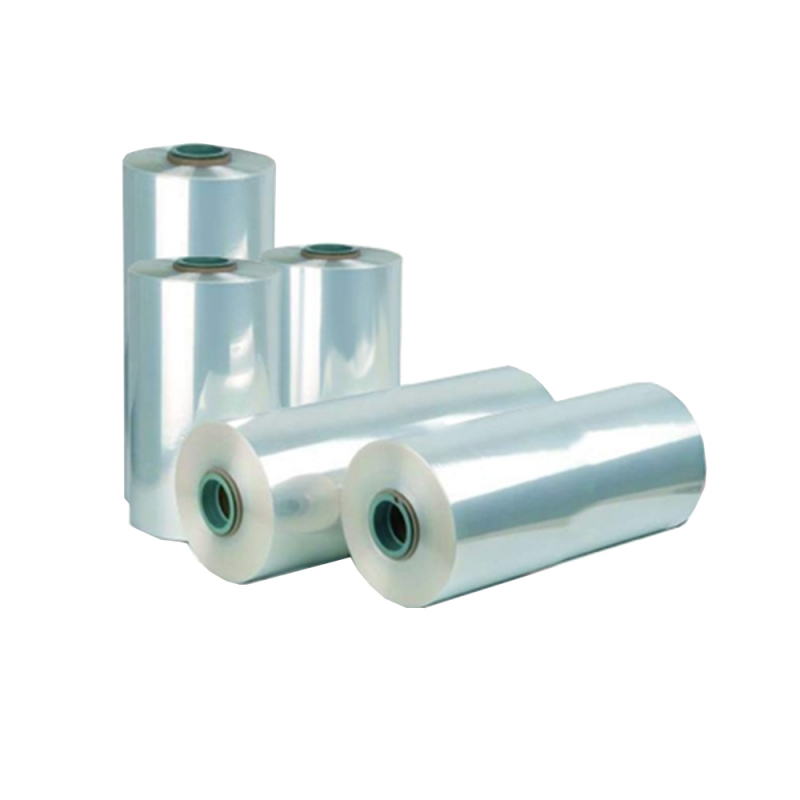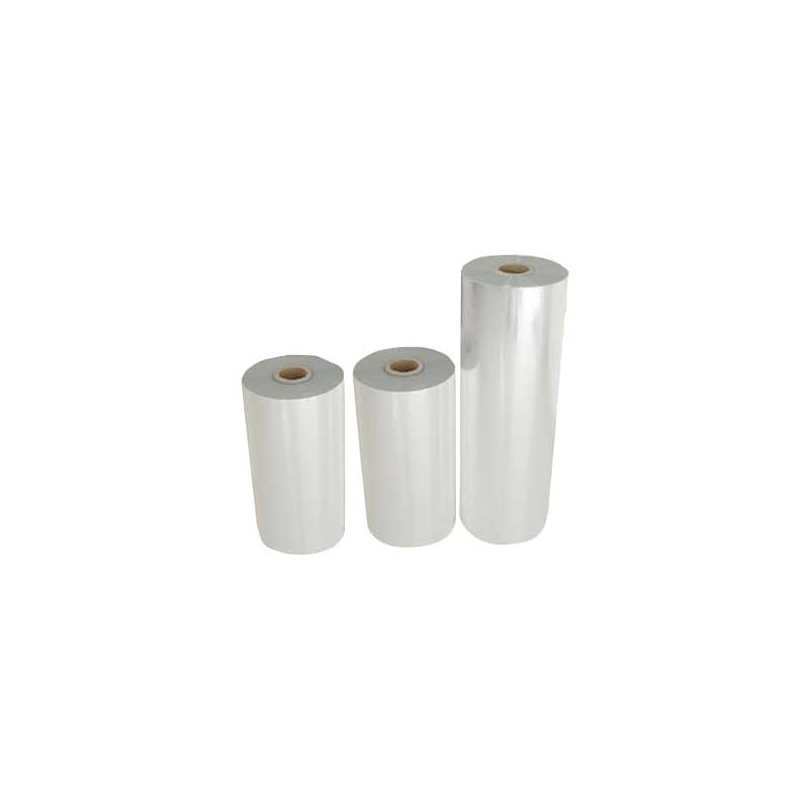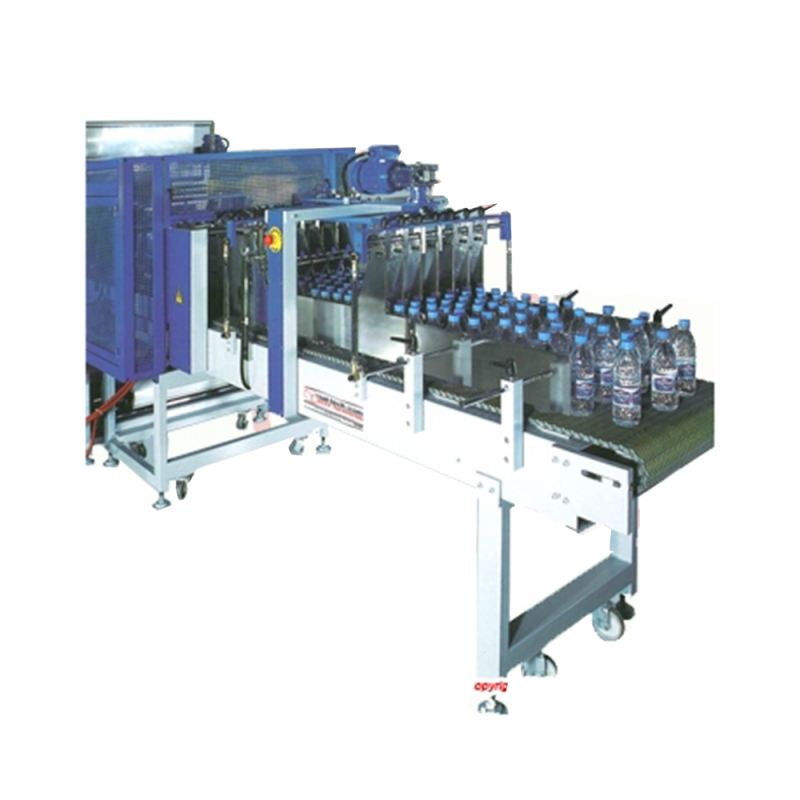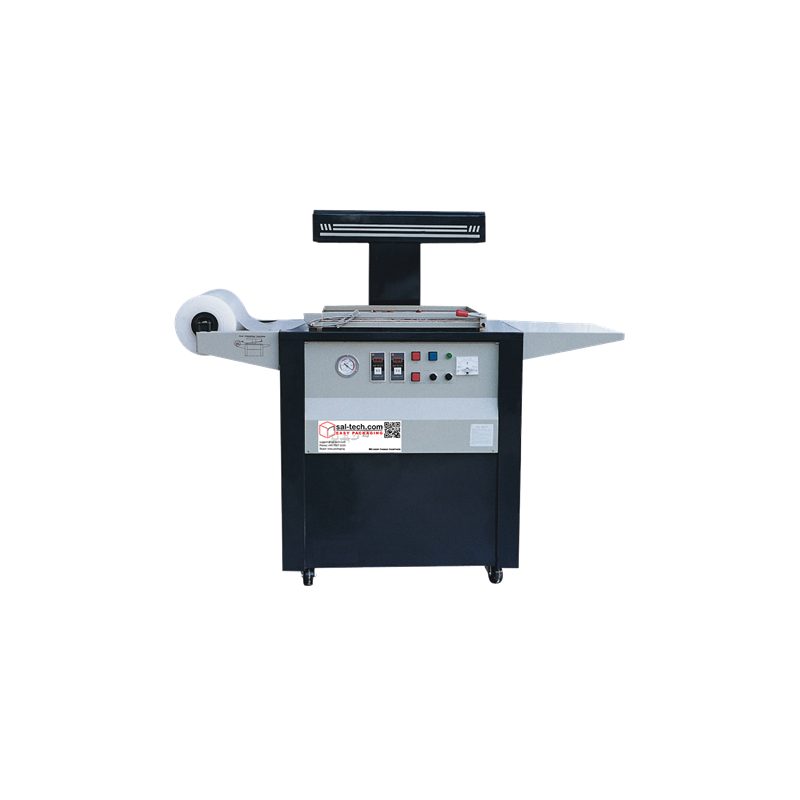Recently added
No products
Product successfully added to your shopping cart
There are 0 items in your cart. There is 1 item in your cart.
About Shrink Packaging
A walkthrough in Shrink Packaging
Understanding the basics

In a supermarket, there are a lot of products packaged in plastic. Most of them are simply in a plastic bag, some are in a hard plastic container. Almost all of them are packaged in a kind of plastic or plastic-like materials. But there is this one particular kind of plastic packaging that seems to be applied to almost all of them. A plastic wrapped tightly on the product’s packaging and it fits it exactly as if a tailor made it. So, what exactly is it?
PVC and Polyolefin

PVC stands for Polyvinyl Chloride; it is also the third most produced plastic in the world. It was also the most commonly used type of shrink film until it was replaced by polyolefin shrink films due to its many drawbacks. Storage problems arise when PVC hardens in cold conditions and softens under hot temperatures with greatly compromises its strength and durability.
Today, the most common shrink film is Polyolefin due to its strength and flexibility. It is widely used for packaging both edible and non-edible products. It is the preferred choice for packaging food because it produces lesser odour compared to PVC and it has flexible storage options. Back then, it is costly to implement and use polyolefin films for shrink packaging due to its high prices and shrink machines incompatibility. Now, cheaper but higher quality polyolefin films are available in the market. Modern shrink packaging machines are designed to accommodate polyolefin films as a standard which makes it very cost effect.
Shrink Wrapping
The packaging process is more commonly known as Shrink Wrapping. The process uses a Polyolefin or PVC plastic films which can stand the heat and more importantly, shrink. Heat can be applied using heat guns or by a shrink tunnel or ovens. But sometimes, a heat gun is not enough to do the job, but a shrink tunnel can be a bit too big for a small factory. Semi-automatic and automatic shrink machines solve this problem. Semi-automatic shrink machines come in various sizes for products with various dimensions. Automatic shrink machines can be integrated with production lines for easier packaging solutions. Shrink wraps are commonly used as overwraps on various types of packaging. Most notable examples of these are on boxes, beverage cans, printed materials and CD/DVD/Blu-ray boxes. With the right equipment, one can shrink package virtually any product.
 |
 |
 |
| STEP NF500-1500 BANDING AND SHRINKING MACHINE | STEP DM782-PS | STEP UW-1736 SHRINK TORCH |
We have also, STEP Skinpack Packaging Machines that are available in two (2) models. Both are suitable for packing products of small to medium sizes.

STEP SKINPACK machine makes a skin pack, where you have a sheet of cardboard. Then you place the products and the machine sucks the air inside film around the product while laminating the said film.
Protection with Shrinking
Shrink packaging films comes in a wide variety of properties such as thickness, opacity, strengths and shrink ratio. Different properties serve different purposes, for example, light or heat sensitive products uses darker films to protect it from sunlight. A thicker film is used for heavier products and a thinner, weaker film is used for security purposes.
The film also keeps the products together, making it easier to transport. It also gives the product a welcoming appearance and a sense of security. The shrink package prevents a product from accidental opening as well as indicates tampering.
Final Thoughts
The importance of shrink wrapping a product is undoubtedly immense. These things are hardly noticed by the everyday consumer. They are simple and affordable; it protects our products’ integrity from the harsh elements as well as malicious intents.
The Author of the Article:
Gunnar Salbæk
CEO/Industrial Design with 30 years of experience in the field.




 E3Hallbrook Ergonomical
Packaging Tables & Solutions
E3Hallbrook Ergonomical
Packaging Tables & Solutions E3Hallbrook Standard Pallet
Wrappers
E3Hallbrook Standard Pallet
Wrappers E3Hallbrook Special Project
Based Pallet Wrappers
E3Hallbrook Special Project
Based Pallet Wrappers
 Manual for PP, PET and WG
strap
Manual for PP, PET and WG
strap Battery tools for PET and
PP
strap
Battery tools for PET and
PP
strap Pneumatic tools for PP and
Steel strap
Pneumatic tools for PP and
Steel strap Strap wagons PP, PET, WG
and
steel strap
Strap wagons PP, PET, WG
and
steel strap Steel Strapping Hand
Tools
Steel Strapping Hand
Tools Pallet strap rods
Pallet strap rods Steep Strap Cutters
Steep Strap Cutters Batteries for Battery
Tools
Batteries for Battery
Tools Semi Automatic strapping
machines
Semi Automatic strapping
machines E3 Hallbrook Ergonomic
strapping solutions
E3 Hallbrook Ergonomic
strapping solutions Pallet strapping
machines
Pallet strapping
machines Side seal strapping
machines
Side seal strapping
machines PP Strap materials
PP Strap materials PET Strap
PET Strap Steep Strap
Steep Strap WG Strap
WG Strap Strapping Machines with
Arch
for 9-12-15,5 mm PP Strap
Strapping Machines with
Arch
for 9-12-15,5 mm PP Strap High Speed 5-6 or 9 mm PP
strap
High Speed 5-6 or 9 mm PP
strap Side seal machines PP
Strap
Side seal machines PP
Strap STEP ZD-08 Table Type Mini
Automatic Strapping Machine
STEP ZD-08 Table Type Mini
Automatic Strapping Machine Full Pallet Bargins for
Strap
Full Pallet Bargins for
Strap High speed transit 5-6 or
9mm PP straping machines
High speed transit 5-6 or
9mm PP straping machines Transit PP strapping
machines 9, 12 or 15,5 mm
Transit PP strapping
machines 9, 12 or 15,5 mm Pallet Strapping
machines
Pallet Strapping
machines Project Strapping
Machines
Project Strapping
Machines Fishing and Food
Industry
Fishing and Food
Industry Corrugated industry,
Strapping Machines for
Corrugated industry,
Strapping Machines for Printing Industry
Printing Industry
 E3 Wrap 2100 Semi Automatic
Pallet Wrapper
E3 Wrap 2100 Semi Automatic
Pallet Wrapper E3 Wrap 2100 Series Special
Applications and Options
E3 Wrap 2100 Series Special
Applications and Options Hand Film Dispenser For
Hand
Film
Hand Film Dispenser For
Hand
Film Top Film Dispensers
Top Film Dispensers STEP Semi-Automatic
Turntable Pallet Wrapper
STEP Semi-Automatic
Turntable Pallet Wrapper STEP Robot Pallet
Wrappers
STEP Robot Pallet
Wrappers STEP Automatic Pallet
Wrappers with Remote Start
STEP Automatic Pallet
Wrappers with Remote Start Fully Automatic Pallet
Wrapping Lines
Fully Automatic Pallet
Wrapping Lines Stretch Hood Pallet
Wrapping
Stretch Hood Pallet
Wrapping Horizontal Wrappers
Horizontal Wrappers
 Banding Materials
Banding Materials Banding Machines Table
Top
Banding Machines Table
Top STEP M-Series Banders Tape, Label, Stretch, and Automated Stacker Machines
STEP M-Series Banders Tape, Label, Stretch, and Automated Stacker Machines STEP String Tiers
STEP String Tiers String for Tying
String for Tying
 Portable Sealers
Portable Sealers Hand Impulse Sealers
Hand Impulse Sealers Foot Stand Sealer
Foot Stand Sealer I-Bar Impulse Sealers
I-Bar Impulse Sealers Automatic Impulse
Sealers
Automatic Impulse
Sealers Band Sealers
Band Sealers Pharmaceutical Sealers
Pharmaceutical Sealers Tube Film on rolls
Tube Film on rolls Packaging of Food
Packaging of Food Sack Tiers, Drill Tool
Sack Tiers, Drill Tool Bag and Sack closers with
tape
Bag and Sack closers with
tape Bag Closing Machines with
Sewing
Bag Closing Machines with
Sewing Thread for Sewing
Machines
Thread for Sewing
Machines Sack & Bag closing
lines
with sewing machines
Sack & Bag closing
lines
with sewing machines PE Bags for Sealers
PE Bags for Sealers Aluminum Vacuum Bags
Aluminum Vacuum Bags
 Polyolefin Shrink Film
Polyolefin Shrink Film PE Shrink Film
PE Shrink Film Heat Shrink Guns
Heat Shrink Guns Skin Packaging
Skin Packaging Shrink Packaging Machines
& Systems
Shrink Packaging Machines
& Systems
 STEP AGV Solutions
STEP AGV Solutions STEP Robotics, Robots &
Grippers
STEP Robotics, Robots &
Grippers Belt Conveyors
Belt Conveyors Vibrators, Product feed
& sorting
Vibrators, Product feed
& sorting Vacuum Lifting &
Handling Systems
Vacuum Lifting &
Handling Systems Telescopic Unloading
Conveyors & Systems
Telescopic Unloading
Conveyors & Systems Weighing Scale - Pallet
& Platform Scales
Weighing Scale - Pallet
& Platform Scales
 Multihead Weighers
Multihead Weighers Mini Table Top Weighers
Mini Table Top Weighers VFFS Packaging Machines
VFFS Packaging Machines Doybag Packaging
Machines
Doybag Packaging
Machines Flow Pack Machines
Flow Pack Machines Rotary Fillers
Rotary Fillers Vacuum/Gas Horizontal Flow
Packaging
Vacuum/Gas Horizontal Flow
Packaging VFFS Packaging Lines
VFFS Packaging Lines Conveyors for Multihead
& VFFS packaging lines
Conveyors for Multihead
& VFFS packaging lines
 Carton Closing
Carton Closing Tape Dispensers
Tape Dispensers Tapemeter
Tapemeter Tapes and Adhesive
Rolls
Tapes and Adhesive
Rolls Protection in Rolls
Cardboard-Bubble-Foam
Protection in Rolls
Cardboard-Bubble-Foam Manual and Pneumatic
Staplers
Manual and Pneumatic
Staplers Carton Erectors
Carton Erectors
 Document Pouches
Document Pouches Protection in Rolls, foam,
card board
Protection in Rolls, foam,
card board PP, PET, Steel strap, WG
strap
PP, PET, Steel strap, WG
strap Cardboard Boxes
Cardboard Boxes Stretch film & Hand
wrap
film
Stretch film & Hand
wrap
film Shrink film
Shrink film Topfilm for paller
Topfilm for paller Strings for Packaging
Strings for Packaging Bags for Packaging
Bags for Packaging Seals, metal buckels and
plastic buckles
Seals, metal buckels and
plastic buckles Banding tape
Banding tape Kraft Paper, Fidele,
Packaging Paper
Kraft Paper, Fidele,
Packaging Paper Film knives and Clips
removers
Film knives and Clips
removers Corner and Edge
Protection
Corner and Edge
Protection Manila labels, Manila clips
& Rubber bands
Manila labels, Manila clips
& Rubber bands Labels for Packaging
Labels for Packaging Packaging Tapes
Packaging Tapes
 Production Machines for
Sample Making
Production Machines for
Sample Making
 Battery for Battery
tensioners and sealers
Battery for Battery
tensioners and sealers Used Packaging Machines
Used Packaging Machines